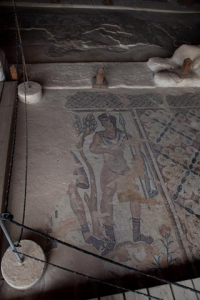I think it is time to add more impressions and thoughts to the blog with less travelogue. What is this organization, New Israel Fund, that I am traveling with?
I think that liberal Americans may be thinking that Israel, with its vast military superiority, has really become the “thug” in the Gaza conflict. There is a reflexive tendency to believe that anyone with the most guns must be the oppressor. You may wonder, “what is Israel thinking?” to believe it can act with impunity, with utter disregard for world opinion, and with unwarranted cruelty towards the Palestinians of Gaza.
First, let me suggest that there is certain hypocrisy on the part of a certain European country whose conduct with respect to its former North African colony was atrocious. While it is hard to quickly find precise data, Hamas has fired several thousand missiles into Israel in the past several years. While few have done a lot of damage, no sovereign nation would tolerate its immediate neighbor firing missiles onto its territory. You may criticize the Israeli response as disproportionate, but it certainly has a right to make a military response. I do not believe this response constitutes war crimes. At the same time, Israel’s continuing development of settlements in the occupied territory of the West Bank and its treatment of its large Arab minority are both unacceptable.
As a result of the Gaza war, Israeli citizens elected more right wing candidates to their Parliament than ever before including an openly racist anti-Arab party. You might be inclined to think that there are no progressive voices in Israel that are critical of Israeli policy and keep the ideals of justice and equality alive within Israel. You’d be wrong. New Israel Fund is one of many voices within Israel working towards a more just and equitable society within Israel, better treatment of the Arab minority within Israel, and a more productive approach to working with Palestinians in the West Bank.
Read more
